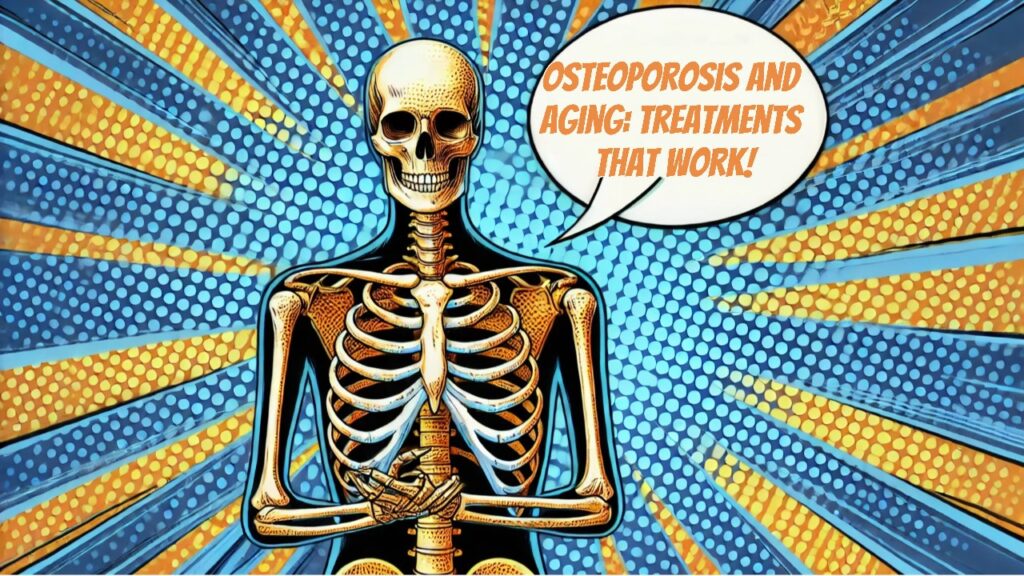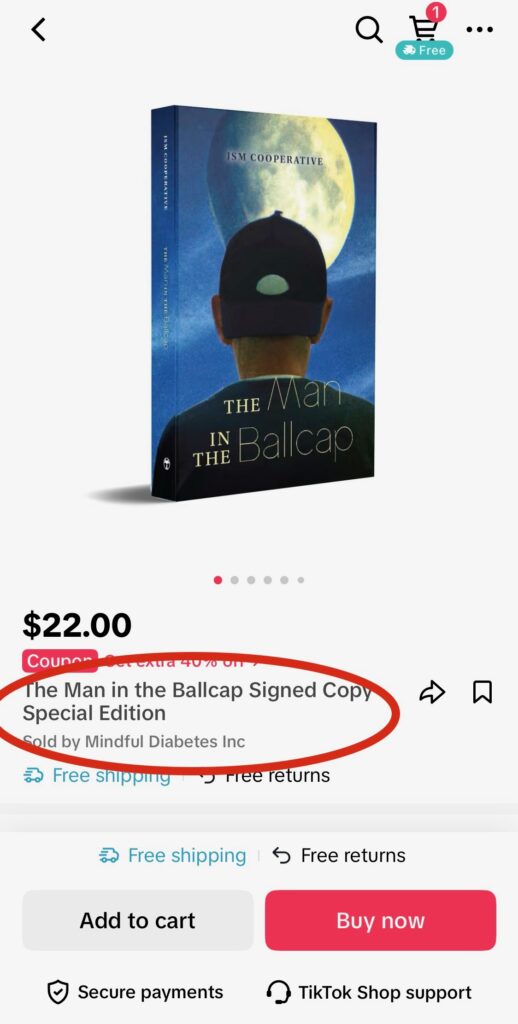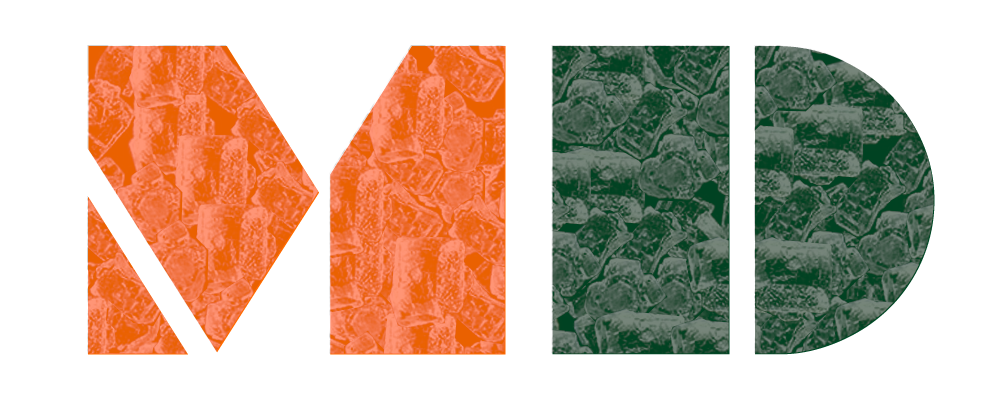
A Big Thank you to Michael Valente for Suggesting this Blog!
Message us on TikTok to suggest a blog idea that you would like us to dive deeper into. 💚
Want to listen instead?
🧬 Osteoporosis & Aging: A Deep Dive into Bone Health 🧬
As we age, our bones naturally become more fragile, increasing the risk of developing a condition called osteoporosis. Osteoporosis is often considered a silent disease, as its symptoms may not become apparent until a fracture occurs. It’s a significant public health concern, especially for older adults. In this blog, brought to you by Mindful Diabetes Inc. as part of our “Pathways to Wellness” series, we will explore the intricate relationship between osteoporosis and aging.
We’ll break down the science behind osteoporosis at the cellular level, discuss the treatments available—both medical and holistic—and share practical strategies for managing this condition. By understanding the mechanisms of bone aging, you can take proactive steps to maintain bone health as you age.
- Let’s explore the fascinating biology behind osteoporosis and how you can keep your bones strong and healthy well into your later years.
The Science of Osteoporosis at the Cellular Level
Osteoporosis is a bone disease that occurs when the body loses too much bone, makes too little bone, or both. But how does this process unfold at the cellular level, and why is it so tightly linked to aging?
The Cellular Structure of Bone
Bone is a dynamic, living tissue that is constantly undergoing a process of remodeling. This involves two primary types of cells: osteoclasts, which break down old bone, and osteoblasts, which form new bone.
In a healthy individual, this process is balanced. However, in osteoporosis, osteoclast activity surpasses osteoblast activity, leading to a net loss of bone mass. This imbalance weakens the bone structure and increases the risk of fractures.
The Role of Bone Morphogenetic Proteins (BMPs)
Bone Morphogenetic Proteins (BMPs) play a crucial role in bone remodeling and repair. These proteins are secreted by osteoblasts and other bone cells to stimulate the formation of new bone. BMPs act by encouraging the differentiation of stem cells into osteoblasts, which are responsible for bone formation.
During bone remodeling, BMPs are secreted onto the bone matrix, triggering new bone growth in areas where it’s needed. In healthy individuals, this ensures that old bone is efficiently replaced by new, strong bone. However, in people with osteoporosis, despite the presence of BMPs, the body may not respond as effectively due to the imbalance in osteoclast and osteoblast activity.
The Impact of Aging on Bone Remodeling
Aging disrupts the delicate balance between bone breakdown and formation. Hormonal changes, especially the decline in estrogen levels in post-menopausal women, reduce the body’s ability to form new bone, even with the presence of BMPs. This accelerates the loss of bone density.
Additionally, as we age, the body becomes less efficient at absorbing calcium and vitamin D—critical nutrients for bone health. This inefficiency, coupled with decreased BMP activity, results in a progressive decline in bone mass, increasing the risk of fractures.
Risk Factors Beyond Age
Genetic factors also play a role in how the body manages bone remodeling. Certain genes can affect the production or effectiveness of BMPs, potentially leading to more rapid bone loss.
Lifestyle factors such as poor nutrition, lack of physical activity, and smoking further exacerbate bone loss. Weight-bearing exercises that stimulate bone formation and BMP secretion can mitigate this, but a sedentary lifestyle can accelerate bone density loss.
Join The Camino: A March Towards Hope Against Alzheimer's
Join our latest fundraiser as we aim to run 100 km on July 1st to Raise Awareness about Type 3 Diabetes and methods to prevent insulin resistance in the brain.
Treatments for Osteoporosis: Medical and Holistic Approaches
While osteoporosis can have serious implications for bone health, there are various treatments that can help slow its progression and strengthen bones. These range from conventional medical therapies to holistic, lifestyle-focused approaches.
Medical Treatments for Osteoporosis
- Bisphosphonates are the most commonly prescribed medications for osteoporosis. They work by inhibiting the activity of osteoclasts, thus slowing down bone loss.
- Other treatments include hormone replacement therapy (HRT), which is often recommended for post-menopausal women, and newer treatments such as RANK ligand inhibitors that target the bone degradation process at a molecular level.
- Calcium and Vitamin D supplements are often prescribed alongside these treatments, as these nutrients are essential for maintaining bone density.
Holistic Approaches to Bone Health
- Dietary changes can significantly influence bone health. Consuming a diet rich in calcium (found in dairy, leafy greens, and fortified foods) and vitamin D (from sunlight exposure and fortified foods) is key.
- Exercise—specifically weight-bearing and resistance exercises—helps strengthen bones and improve balance, reducing the risk of falls and fractures.
- Some studies suggest that mind-body practices such as yoga and tai chi can enhance balance and bone strength, making them effective complementary therapies for those at risk of osteoporosis.
Emerging Research: Natural Supplements
- There is growing interest in natural supplements, such as strontium, isoflavones (found in soy), and collagen peptides, which may support bone health. While the evidence is still evolving, these may offer additional options for those seeking natural therapies.

Managing Osteoporosis: Preventive and Lifestyle Strategies
Managing osteoporosis is not just about treatment; it also involves a proactive approach to maintaining bone health through daily habits and lifestyle adjustments.
Diet and Nutrition: Building Bone Health
- Prioritize foods that are high in calcium and vitamin D. Consider adding fortified dairy products, leafy greens, almonds, and oily fish to your diet.
- Limit salt, caffeine, and alcohol intake, as these can interfere with calcium absorption and bone strength.
- Probiotics and gut health: Recent research suggests a connection between gut health and bone health. A balanced microbiome can aid nutrient absorption, further supporting bone density.
Exercise: Strengthen and Protect Your Bones
- Weight-bearing exercises such as walking, jogging, or dancing help stimulate bone remodeling and slow bone loss.
- Strength training with resistance bands or weights can increase bone density and improve muscle mass, which supports overall bone health.
- Focus on balance and flexibility exercises to reduce the risk of falls, which is a primary concern for individuals with osteoporosis.
Lifestyle Adjustments: Fall Prevention and Bone Protection
- Making simple home modifications, like removing tripping hazards and installing grab bars, can reduce the risk of falls.
- Wearing proper footwear with good support can prevent accidents, while regular eye exams can improve balance and spatial awareness.
- Smoking cessation and moderate alcohol consumption are crucial for maintaining bone health, as both habits can accelerate bone loss.
Why Impact-Based Activities Matter for Bone Health
It’s a common misconception that all exercise strengthens our bones. However, not every form of physical activity provides the right stimulus to maintain bone density. Take the case of Fabrice Jeandesboz, a world-class French cyclist who developed osteoporosis in his late 20s. Despite being in exceptional cardiovascular shape from years of professional cycling, Jeandesboz’s training regimen focused exclusively on cycling, a non-weight-bearing sport. Without incorporating impact-based activities, such as running or strength training, his bones didn’t receive the necessary stress to stay strong.
This case highlights the importance of diversifying your exercise routine. While cycling is excellent for cardiovascular health, it doesn’t apply the weight-bearing pressure that bones need to maintain density. Incorporating activities like jogging, walking, or resistance training can stimulate bone remodeling and help prevent osteoporosis. As we age, this becomes even more critical for maintaining bone health and reducing the risk of fractures. By adding these impact-based exercises into your fitness routine, you can ensure that you’re not only keeping your heart healthy but also protecting your bones for the long run.
Conclusion
Osteoporosis is a complex condition, but understanding the underlying science and taking an integrated approach to treatment and management can help protect your bones as you age. Whether you choose conventional treatments, holistic approaches, or a combination of both, the key is to stay proactive in maintaining your bone health.
- At Mindful Diabetes Inc., our “Pathways to Wellness” series is committed to providing you with the knowledge and resources you need to navigate the aging process with strength and resilience. Through a combination of medical treatments, lifestyle changes, and preventive measures, you can reduce your risk of fractures and ensure a healthy, active future.
- Let’s continue the journey to wellness—because strong bones mean a strong life.
📖 Continue Exploring 🌐
- Don’t stop here! Dive deeper into the fascinating connection between mental wellness and physical health in our upcoming blogs. There’s always more to discover and explore.
💌 Stay Informed and Inspired 📬
- Subscribe to our newsletter for the latest insights, tips, and updates on the mindful path to better health. Together, we’ll continue to unlock the secrets of a balanced and vibrant life.
- Thank you for your continued support and readership. Here’s to a healthier, happier you! 🌈💚




